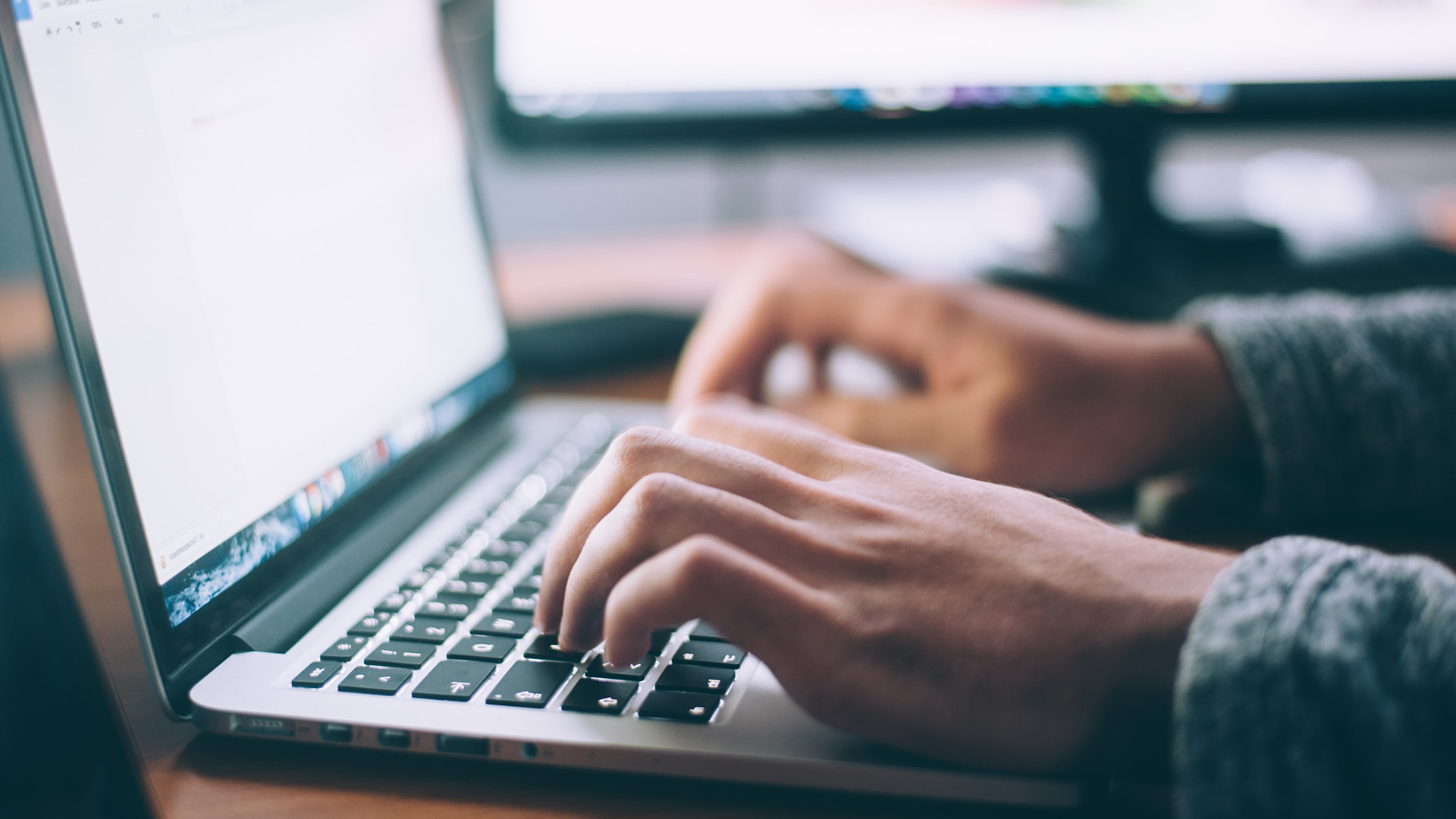In the rapidly evolving landscape of artificial intelligence (AI), building a strong framework isn't just about adopting the latest technology—it's about creating a sustainable foundation that aligns with your business objectives while ensuring security, scalability, and return on investment. With 95% of businesses intending to expand their AI usage, the real question is not if you should build this framework, but how to construct it effectively.

Building a Secure Foundation for Your AI Initiatives
While 56% of organizations struggle with scaling and operationalizing AI, the challenges often stem not from the technology itself, but from the framework supporting it. Think of an AI framework as your organization's neural network—it's not just about the connections, but how they work together to create intelligence.
In our enthusiasm to implement AI solutions, security can sometimes take a backseat to functionality. This is a critical mistake. The most successful organizations embed security into their AI framework from the ground up, not as an afterthought. According to Microsoft's State of AI Infrastructure report, recent data shows that 42% of business leaders cite security as a top priority in their AI infrastructure—and with good reason.
Consider this: every AI model you deploy is not just a tool, but a potential gateway to your organization's data. Your framework must account for this reality, building in safeguards that protect both your intelligence assets and your customers' trust.
Balancing Performance and Practicality
Here's a truth that might surprise you: maximum performance isn't always optimal performance. While 44% of leaders prioritize performance and scalability, the key is finding the right balance for your specific needs. Your framework should be built not for peak performance in ideal conditions, but for consistent, reliable performance in real-world scenarios.
The most effective AI frameworks aren't necessarily the most expensive. They're the ones that align costs with value creation. Think of it as building a highway system—you don't need every road to be eight lanes wide, but you do need the capacity to handle your traffic effectively and the ability to expand when needed.
In our focus on technology, we sometimes forget that AI frameworks are built and operated by people. The most robust framework will fail if your team cannot effectively utilize it. This is why 41% of organizations emphasize the need for training and supportin their AI initiatives.
Building for Scale: The Future-Ready Approach
Your AI framework shouldn't just solve today's challenges—it should position you for tomorrow's opportunities. Leading-edge organizations understand this: 47% of them focus on proactive development rather than reactive solutions. This means building flexibility and adaptability into your framework from the start.
The Integration Imperative
One of the most overlooked aspects of AI framework development is integration capability. Your AI solutions don't exist in isolation—they need to work seamlessly with your existing systems while remaining flexible enough to accommodate future technologies. This is where many organizations stumble, trying to force new AI capabilities into rigid, existing frameworks.
Your framework is only as good as the data flowing through it. Building a strong AI framework means creating robust data governance policies, ensuring data quality, and maintaining clear data lineage. This isn't just about collecting data—it's about making it usable, accessible, and secure.
Key Metrics to Track AI's Business Impact
How do you know if your AI framework is delivering value? The answer lies in defining clear metrics aligned with business objectives. This means going beyond technical measurements to track actual business impact:
- Operational efficiency gains
- Customer experience improvements
- Innovation acceleration
- Market responsiveness
- Resource optimization
Key Considerations for AI Framework Development

Based on our experience with leading organizations, here's a strategic approach to building your AI framework:
- Start with business objectives, not technology
- Build security and compliance into the foundation
- Design for scalability and flexibility
- Focus on integration capabilities
- Prioritize data governance
- Plan for continuous evolution
From AI Adoption to AI Implementation
Building a strong AI framework is a journey, not a destination. It requires continuous evaluation and adjustment as technology evolves and business needs change. The most successful organizations approach this journey with both confidence and humility—confident in their direction, but humble enough to learn and adapt along the way.
The difference between successful AI implementation and costly false starts often lies in the strength of the underlying framework. By taking a thoughtful, strategic approach to building your AI framework—one that balances technical capabilities with business needs, security with accessibility, and current requirements with future scalability—you position your organization not just to adopt AI, but to thrive with it.
















.png?width=352&name=How%20to%20Scale%20AI%20Systems%20Without%20Compromising%20Security(1).png)

